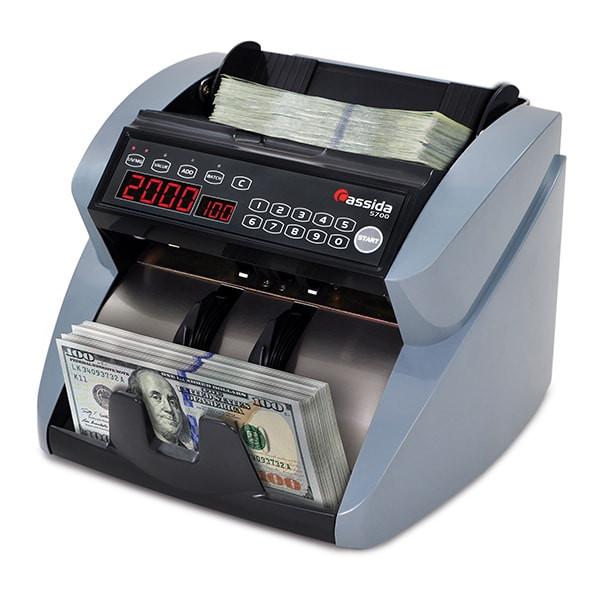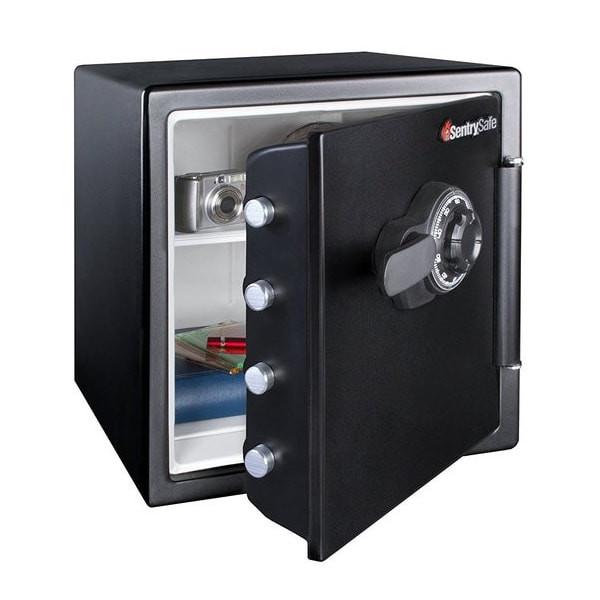The Science of Counterfeit Money Detection

Despite the sophisticated technology we have today to identify counterfeit money, there are those who still try to outsmart the government and general public with producing the fake bills. It is up to us, the citizens of the United States to help maintain the honesty of our currency by recognizing, reporting and stop the circulation of these counterfeit bills.
There are multiple ways to identify counterfeit money. Of course one of the most used in many businesses, is with the naked eye. Many small business who cannot afford high tech counterfeit detectors, use their own simple techniques. But these techniques are not full-proof due to the risks of human error.Some of the most common, quick eye-balling techniques include:
Checking the portrait on the bill – The portrait should be lifelike and should stand out from the background; not mottled and flat.
Federal Reserve and Treasury Seals – The saw-tooth points on a real bill are sharp. Counterfeit bills may show uneven or broken saw-tooth points.
Border of the bill – The border on a real bill will be clear, distinct and unbroken. On a counterfeit bill the scrollwork may look blurred and flat with breaks in the scrollwork.
Serial numbers – Real bills display serial numbers equally aligned with the same color ink and shade as the treasury seal. Counterfeit bills may display serial numbers in different shades as well as uneven spaces between numbers.
Paper – Genuine bills have red and blue fibers embedded into the bills. If you look closely at a counterfeit bill, the fibers are laying on top of the bill.
It is a Federal offense to reproduce currency. It is also not always easy to capture a counterfeit bill simply by looking at it unless you are well trained to do so. If a lot of currency passes through your hands in your business, it may be a good idea to invest in some of the more sophisticated techniques and innovative devices for identifying counterfeit bills. Some of these devices include:
Watermark Lamps:
This is a device that shines a bright light to illuminate the embedded watermark. This is one of the most affordable counterfeit detectors; however, there are disadvantages to the lamps. One is that they are fairly easy to fool. You must have great knowledge and experience of what the watermark should truly look like as well as experience in detecting an array of discrepancies. The bottom line is that you need to know exactly what to look for when using a Watermark lamp.
UV Lights:
The UV light works by activating an embedded color security strip on the bill that is only visible under the UV black light. There are some real advantages to using the UV light for counterfeit identification:
- Easy to use
- Hard to fool
- Serves multiple functions: Verification of other documents beyond currency such as driver licenses, money orders, credit cards, passports and much more.
There are some disadvantages to using the UV light with the biggest being that it does require knowledge of currency denominations and their individual currency strips. There are different colors of strips on different denominations. One that was considered poorly planned and managed is the $100 dollar bill’s glowing strip. It is a hard strip to see.
All-in-all, the UV light is a good device and one of the most accurate devices, today, for catching and identifying counterfeit currency and if properly trained to use it, it can serve you and your business well.
Magnetic Ink Scanners:
This is a device that does not require a human to input anything into the machine. It simply gives you a red or green indication as to whether the bill is good or bad.
One disadvantage to this device is that is a pretty easy machine to fool. This is because the scanner has no way of matching ink to certain denominations of bills. This means that it is possible for the machine to give you a green light on a bill, stating that it is good, when actually it should have displayed red light due to an incorrect magnetic feature existing on the bill. This type of error occurs due to the machine’s lack of advanced logics.
Multi Test Scanners:
This device puts your bills through multiple tests – the tests previously mentioned. This is actually the most advanced and efficient counterfeit currency detection device and is nearly impossible for a counterfeit bill to get through this one. The machine does not require human input, one of its disadvantages, however it is the most expensive device of all that were mentioned.
New Innovations:
Of course new technology developments such as with photonic crystal ink will provide businesses with better methods of identifying counterfeit money, but in the mean time these methods and the tools here at iTestCash will help businesses protect themselves.




Comments
Leave a comment